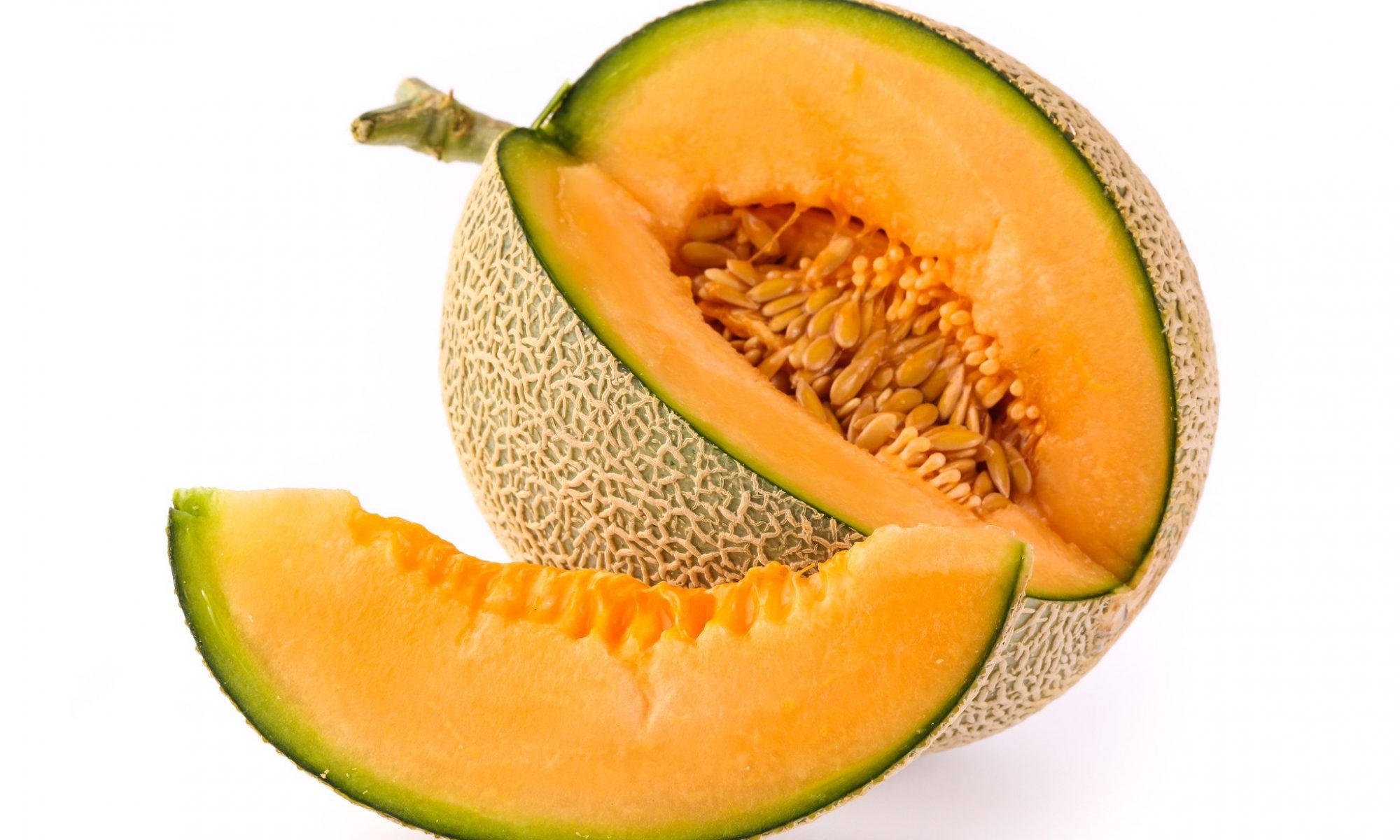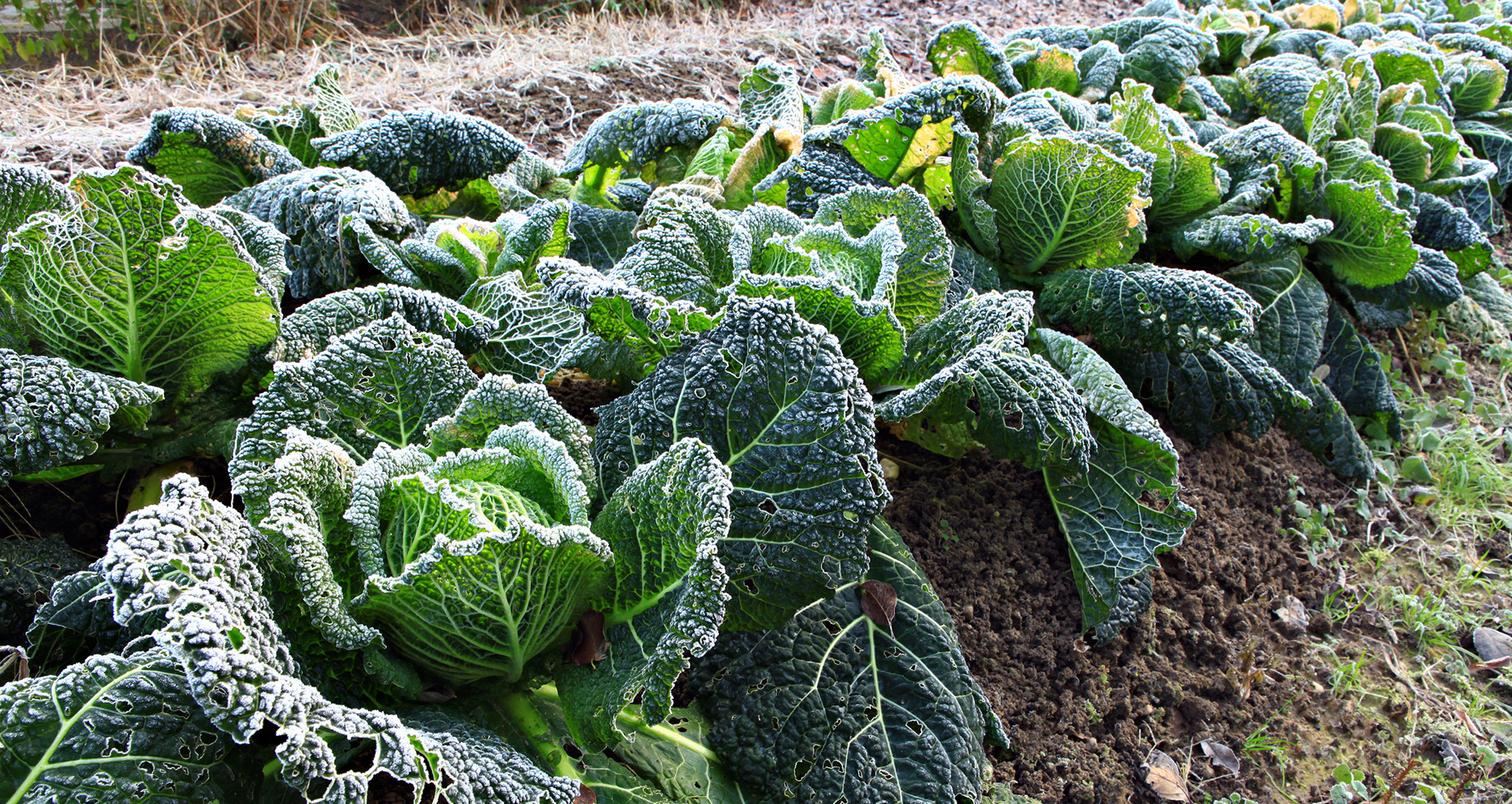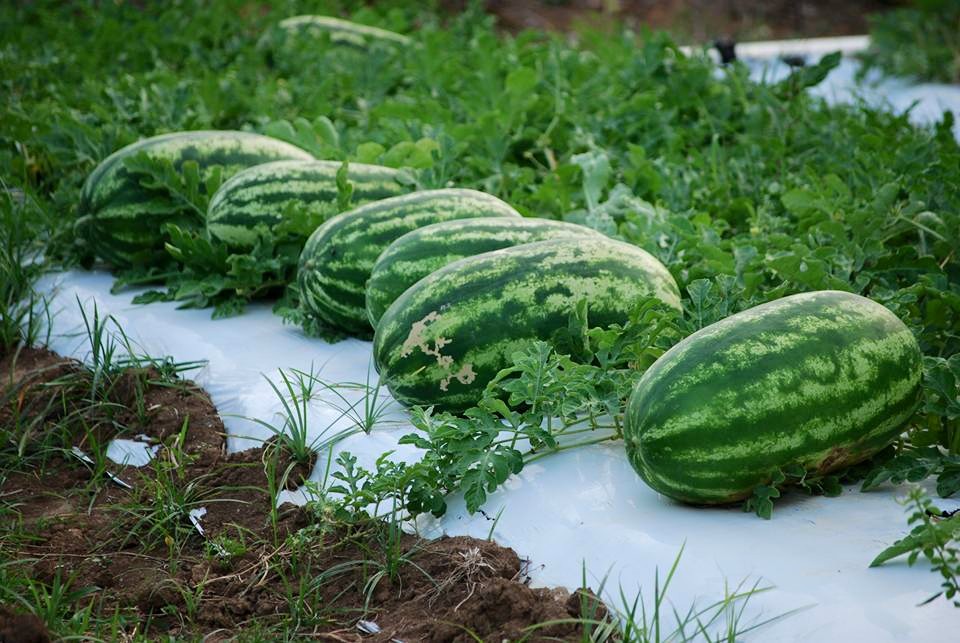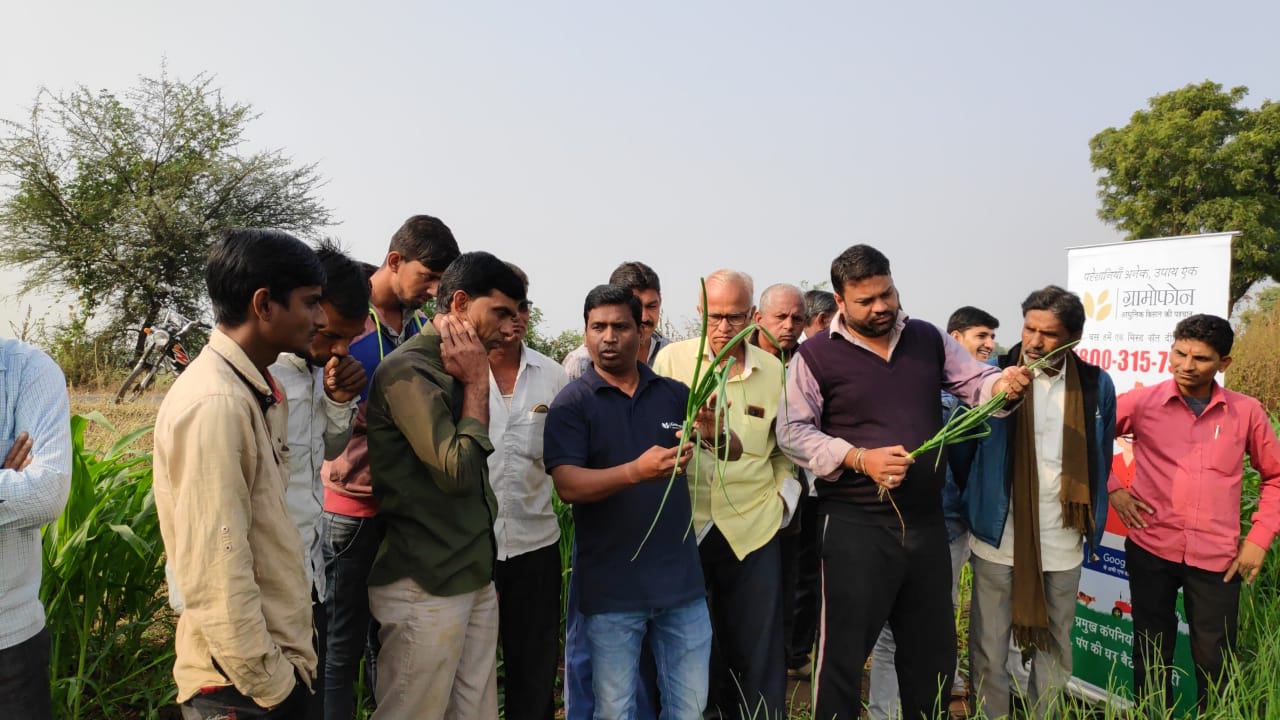Soil requirement for muskmelon –
- Muskmelon can be cultivated on wide range of soils.
- cultivation is best suited on sandy loam/light textured, warm, well-drained soils with high organic matter. High yield within organic matter.
- High yield with good flavor can be expected with soil pH 6.0 to 7.0.
- Soil temperature below 15°C slow the seed germination and growth.
- Alkaline soil with high salt concentration is not suitable for cultivation.
Like and share with other farmers by clicking on button below
Share












